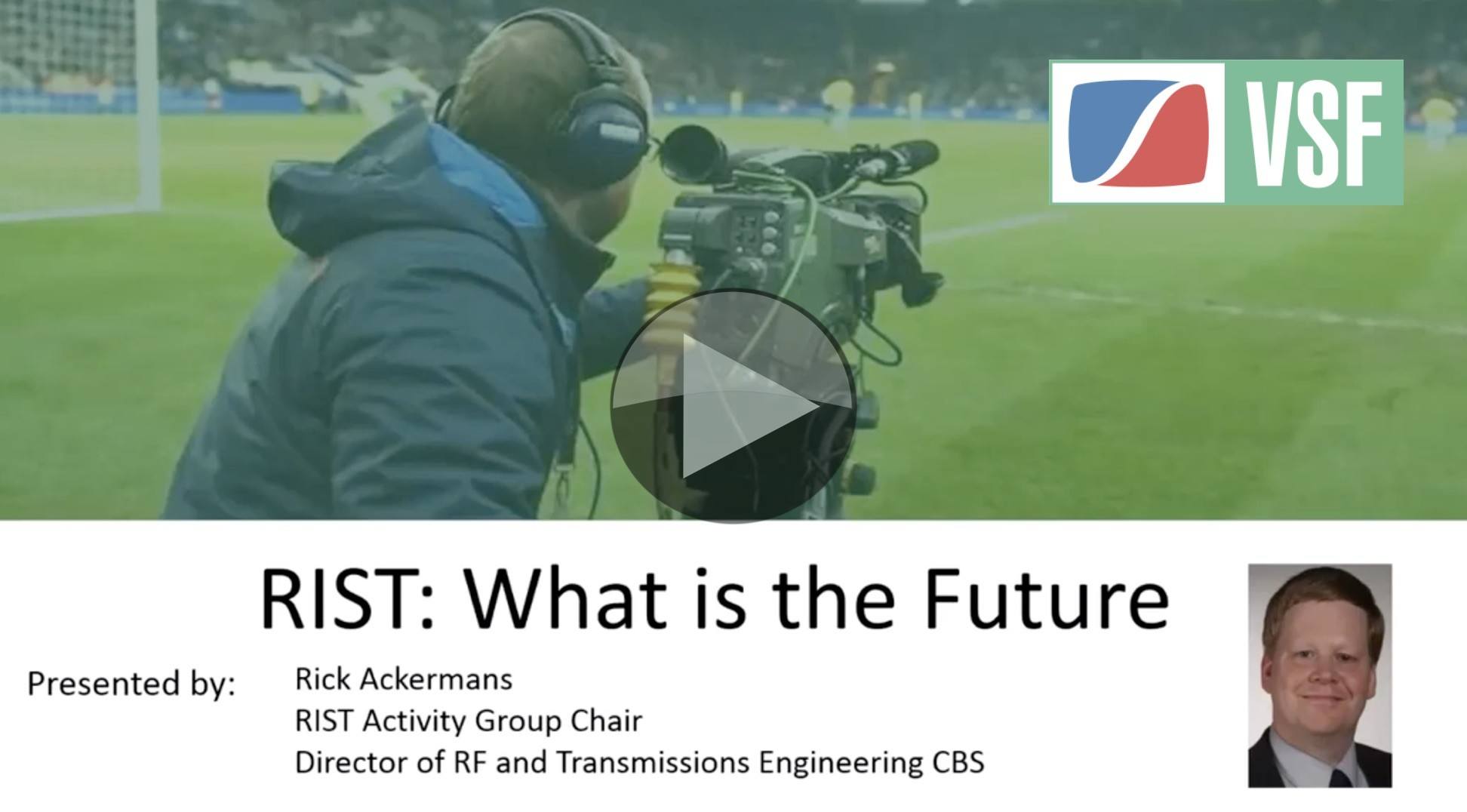RIST is a protocol which allows for reliable streaming over lossy networks like the internet. Whilst many people know that much, they may not know more and may have questions. Today’s video aims to answer the most common questions. For a technical presentation of RIST, look no further than this talk and this article
Kieran Kunhya deals out the questions to the panel from the RIST Forum, RIST members and AWS. Asking:
Does RIST need 3rd party equipment?
Is there an open-source implementation of RIST?
Whether there are any RIST learning courses?
as well as why companies should use RIST over SRT.
RIST, we hear is based on RTP which is a very widely deployed technology for real-time media transport and is widely used for SMPTE 2022-2 and 6 streams, SMPTE 2110, AES67 and other audio protocols. So not only is it proven, but it’s also based on RFCs along with much of RIST. SRT, the panel says, is based on the UDT file transfer protocol which is not an RFC and wasn’t designed for live media transport although SRT does perform very well for live media.
“Why are there so many competitors in RIST?” is another common question which is answered by talking about the need for interoperability. Fostering widespread interoperability will grow the market for these products much more than it would with many smaller protocols. “What new traction is RIST getting?” is answered by David Griggs from AWS who says they are committed to the protocol and find that customers like the openness of the protocol and are thus willing to invest their time in creating workflows based on it. Adi Rozenberg lists many examples of customers who are using the technology today. You can hear David Griggs explain RIST from his perspective in this talk.
Other questions handled are the licence that RIST is available under and the open-source implementations, the latency involved in using RIST and whether it can carry NDI. Sergio explains that NDI is a TCP-based protocol so you can transmit it by extracting UDP out of it, using multicast or using a VizRT-tool for extracting the media without recompressing. Finally, the panel looks at how to join the RIST Activity Group in the VSF and the RIST Forum. They talk about the origin of RIST being in an open request to the industry from ESPN and what is coming in the upcoming Advanced Profile.
Watch now!
Speakers
 |
Rick Ackermans RIST AG Chair, Director of RF & Transmission Engineering, CBS Television |
 |
David Griggs Senior Product Manager, Media Services, AWS Elemental |
 |
Sergio Ammirata RIST AG Member, Chief Science Officer, SipRadius |
 |
Adi Rozenberg RIST Forum Director AG Member, Co-Founder & CTO, VideoFlow |
 |
Ciro Noronha RIST Forum President and AG Member EVP of Engineering, Cobalt Digital |
 |
Paul Atwell RIST Forum Director, President, Media Transport Solutions |
 |
Wes Simpson RIST AG Co-Chair, President & Founder, LearnIPvideo.com |
 |
Kieran Kunhya RIST Forum Director Founder & CEO, Open Broadcast Systems |



